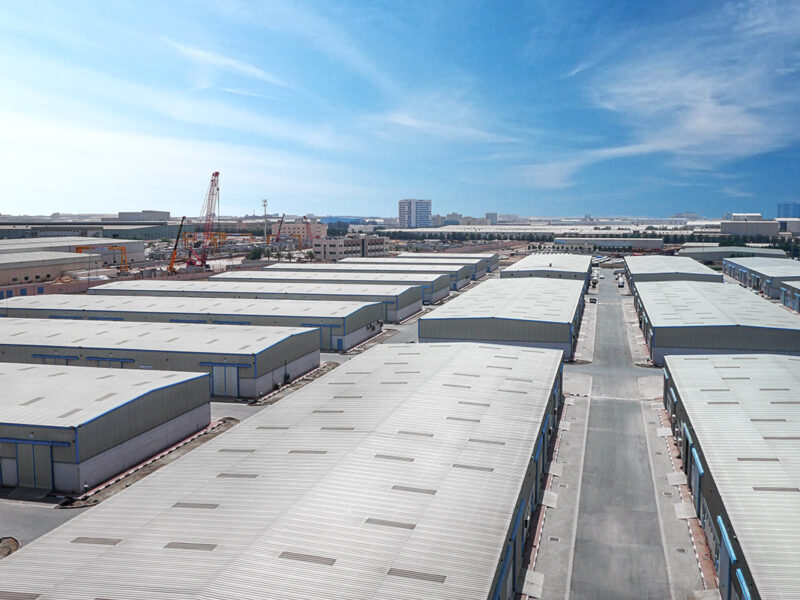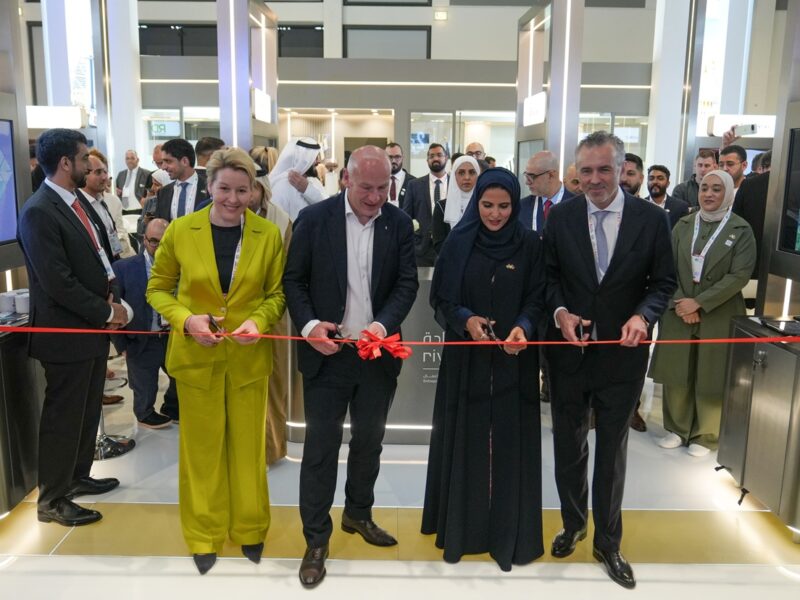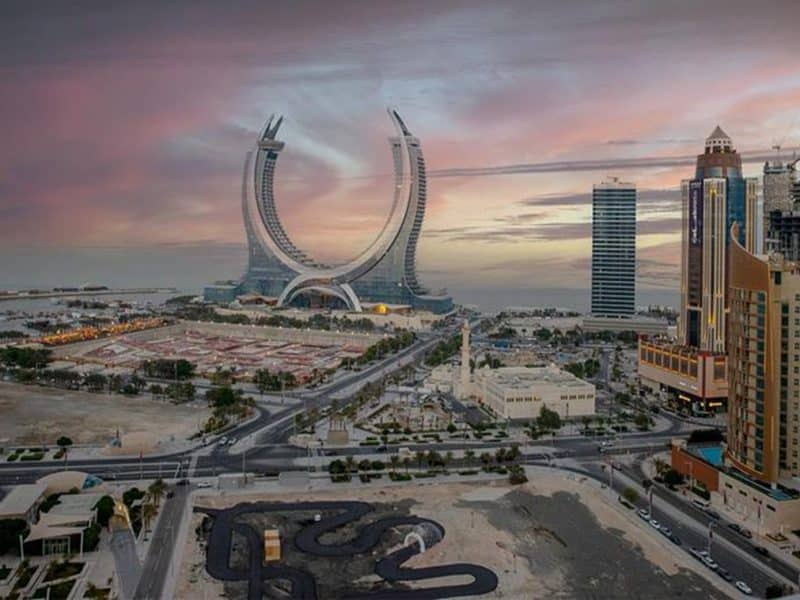Over the past decade, the bathroom has gained significant importance. It’s the first thing a guest checks when they get to their hotel room and must therefore make a good first impression. Grubby plugholes, a plastic shower curtain and a strong smell of chemical cleaning products will not inspire guests to stay and relax, whereas cool marble floors, soft, luxuriant towelling robes and designer-brand products will immediately impress.
As Four Seasons Damascus general manager Markus Iseli explains, the bathroom gives the measure of the hotel.
The bathroom is a place that offers the chance to withdraw into oneself, find peace and clear one’s mind.
“We offer stylish ensuite marble bathrooms that are accented with Syrian touches and include Four Seasons signature features – a deep soaking tub and separate glass walled shower, thick terry robes, hair dryer, fine toiletries, and so on,” Iseli says.
But when designing a bathroom it isn’t only the guests who must be considered: the fittings must be both attractive and durable enough to outlast any fads, and it is vital that they are easy to clean.
Bathroom fittings and accessories manufacturer G-Style managing director Andreas Giannaros explains that high-standard materials are essential.
“This is the reason why we decided to use stainless steel as our raw material. Besides being of an extremely high quality, it ensures a very low maintenance cost for the end user,’ he says.
Giannaros adds it is crucial for hotels not to underestimate the importance of bathrooms fittings.
“Some items get overlooked in the design and construction stages, maybe because their necessity is not as obvious as that of a tap or WC. But it is actually these bathroom accessories that make all the difference,” continues Giannaros.
“This decade’s major trend in bathrooms is the ‘minimal design’, with simple and straight lines and big clear surfaces. The general idea is a good one and certainly synchronous to our modern way of life, but some designers tend to over do it and forget basic functions of the area they are designing just to keep it minimal. This is why sometimes you see great-looking bathrooms where there is no place to hang your towel or put your toothbrush.
The Four Seasons’ Iseli believes that the best plan, regardless of trends, is to opt for high-quality basics and to take different countries’ requirements into account.
“We have always maintained that functionality and comfort is the most successful approach to bathrooms,so this is very much reflected at the Four Seasons Damascus. The bathrooms are designed to meet local traditions and culture, thus the bathroom decor in Syria looks different to a bathroom’s decor in Turkey or Bali,” he explains.
“Our bathrooms are specifically designed with longevity in mind, so any refurbishments would be relatively minor: lighting, polishing and so on.
Hansgrohe Axor brand manager Philippe Grohe believes that the one big change over the past decade has been the introduction of the concept of ‘wellness’, which has reinvented bathrooms as less of a facility and more of a sanctuary.
“[Bathroom fittings] should be easy to use, but also cover the emotional side of the bathing experience, not just look ergonomical. We try to ensure our designs convey a message,” says Grohe, whose Axor line offers ranges created in conjunction with internationally renowned designers such as Philip Starck and Antonio Citterio.
When you have time pressure, some people will compromise on quality and end up with bad results..
This view is echoed by Dornbracht Middle East general manager Phil Payne, who adds: “The bathroom is that place within the home that offers the chance to withdraw into oneself, find peace and clear one’s mind.
“For Dornbracht, the focus is on people and their habits and rituals. The individual becomes the ‘inhabitant’, and no longer merely the ‘user’ of the bathroom. The bathroom thus achieves a new function with qualities that extend far beyond the satisfaction of a purely physical need, namely washing”.
The bathroom has become an integral part of any living space, and as a result the market in the Middle East is booming – indeed it is currently G-Style’s top export region.
This may be good news for suppliers but there are still issues for hotels to take into account, as Hansgrohe’s Grohe explains.
“One problem can be the quality level. When things go as fast as they do in the Middle East, project management is a challenge. And when you have time pressure, some people will compromise on quality and end up with bad results. So you get worldwide brands that fit their guestroom bathrooms with products that fall way below expectation levels,” he says.
Giannaros agrees that this is a problem, but says that in the long run it will benefit those companies fabricating quality fittings.
“The projects that have already started, plus the ones announced, are enough to guarantee at least 10 more profitable years in the construction field, and a big part of that will be the maintenance and refurbishment business,” he explains.
“People will want to replace certain parts of their construction, either because they were faulty or because they just had enough of it and want something new.
“Then there will only be room for good quality products, because the decision makers will have had previous acquisition experience and they will select only those products that prove to be as promised” he concludes.








